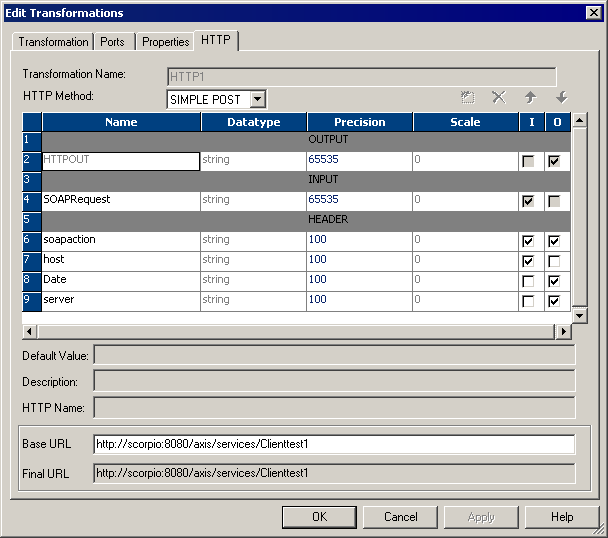PowerCenter
- PowerCenter 10.5
- All Products

<?xml version="1.0" encoding="UTF-8"?> <n4:Envelope xmlns:cli="http://localhost:8080/axis/Clienttest1.jws" xmlns:n4="http://schemas.xmlsoap.org/soap/envelope/" xmlns:tns="http://schemas.xmlsoap.org/soap/encoding/" xmlns:xsi="http://www.w3.org/2001/XMLSchema-instance/" xmlns:xsd="http://www.w3.org/2001/XMLSchema"> <n4:Header> </n4:Header> <n4:Body n4:encodingStyle="http://schemas.xmlsoap.org/soap/encoding/"><cli:smplsource> <Metadatainfo xsi:type="xsd:string">smplsourceRequest.Metadatainfo106</Metadatainfo></cli:smplsource> </n4:Body> <n4:Envelope>,capeconnect:Clienttest1services:Clienttest1#smplsource
